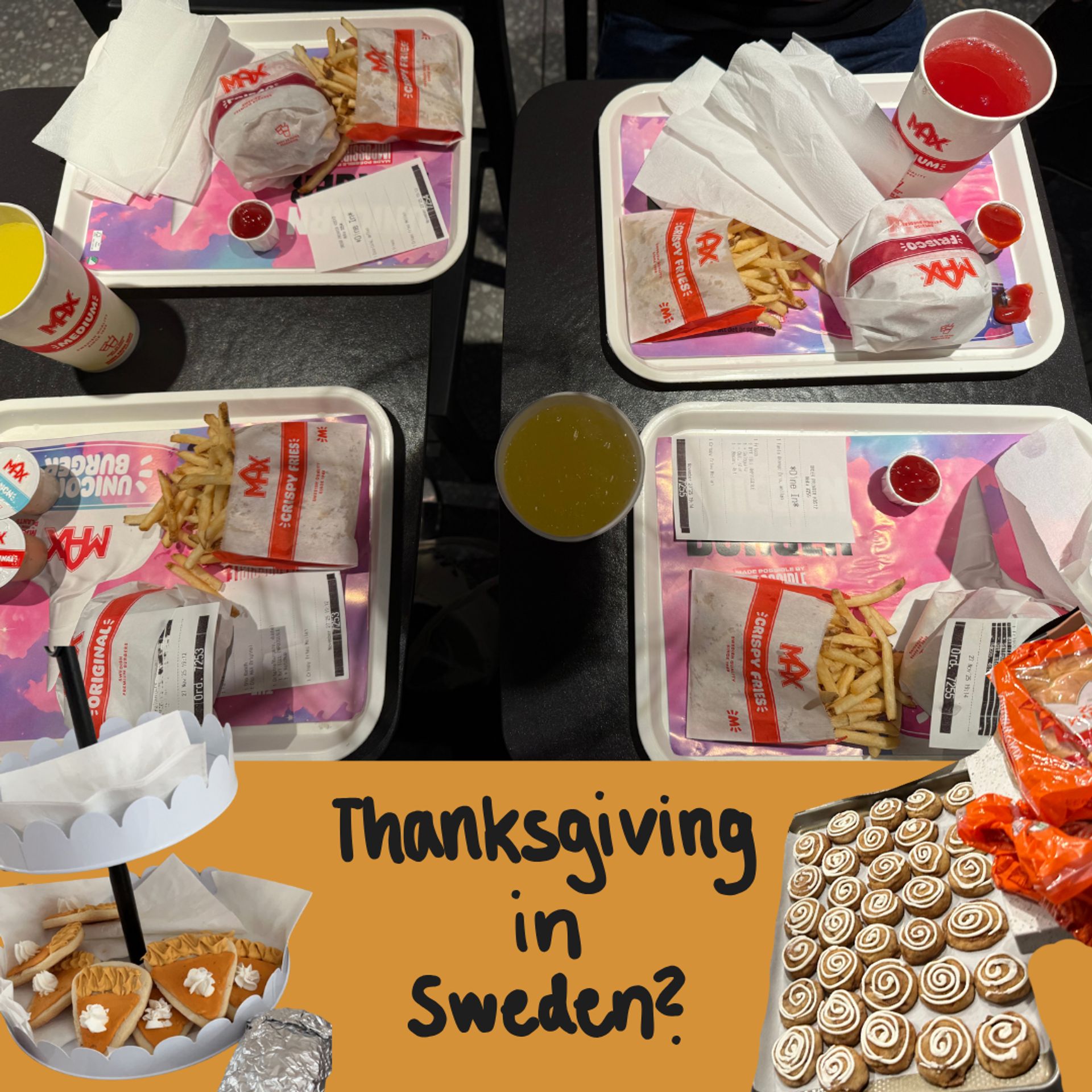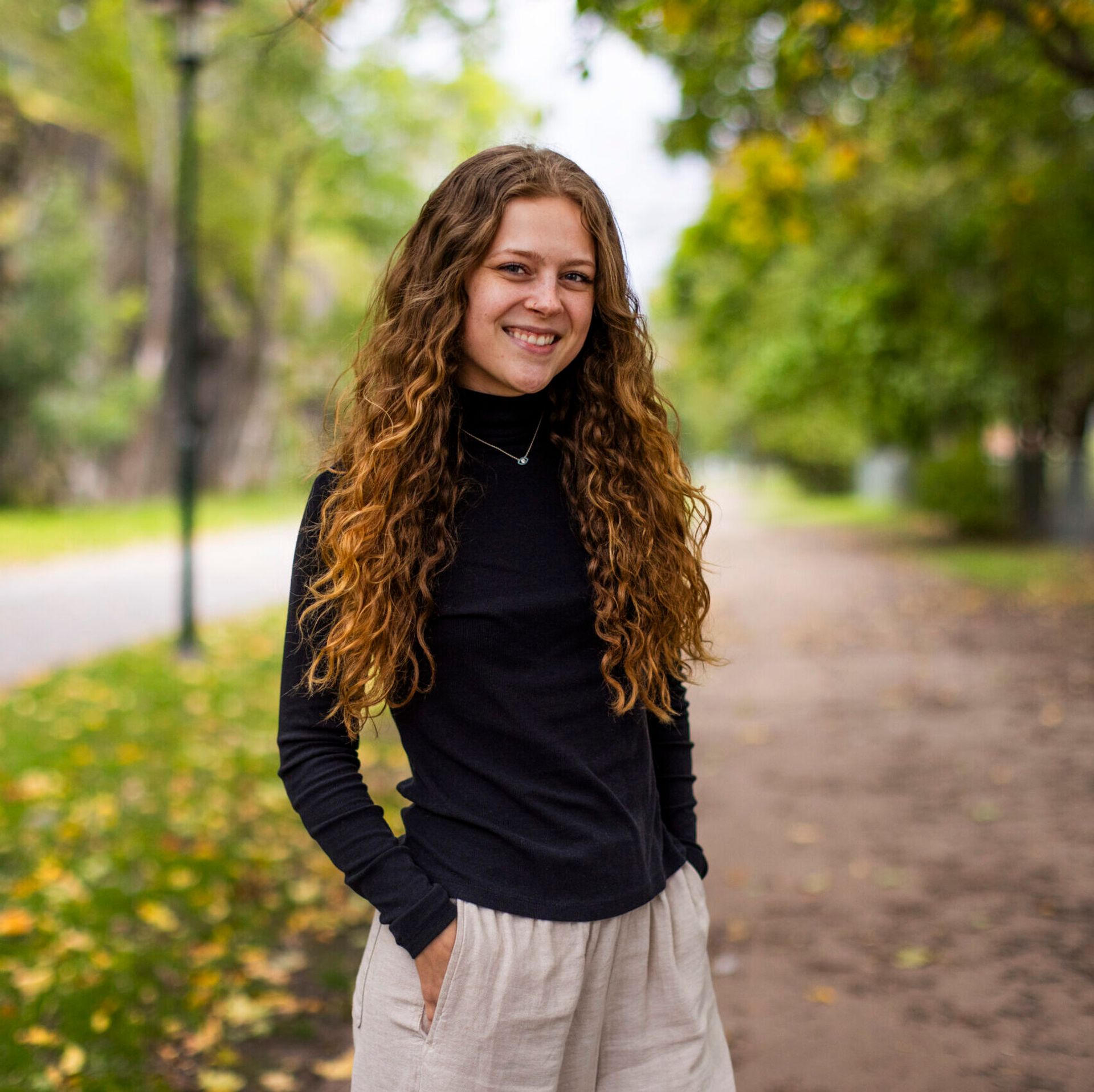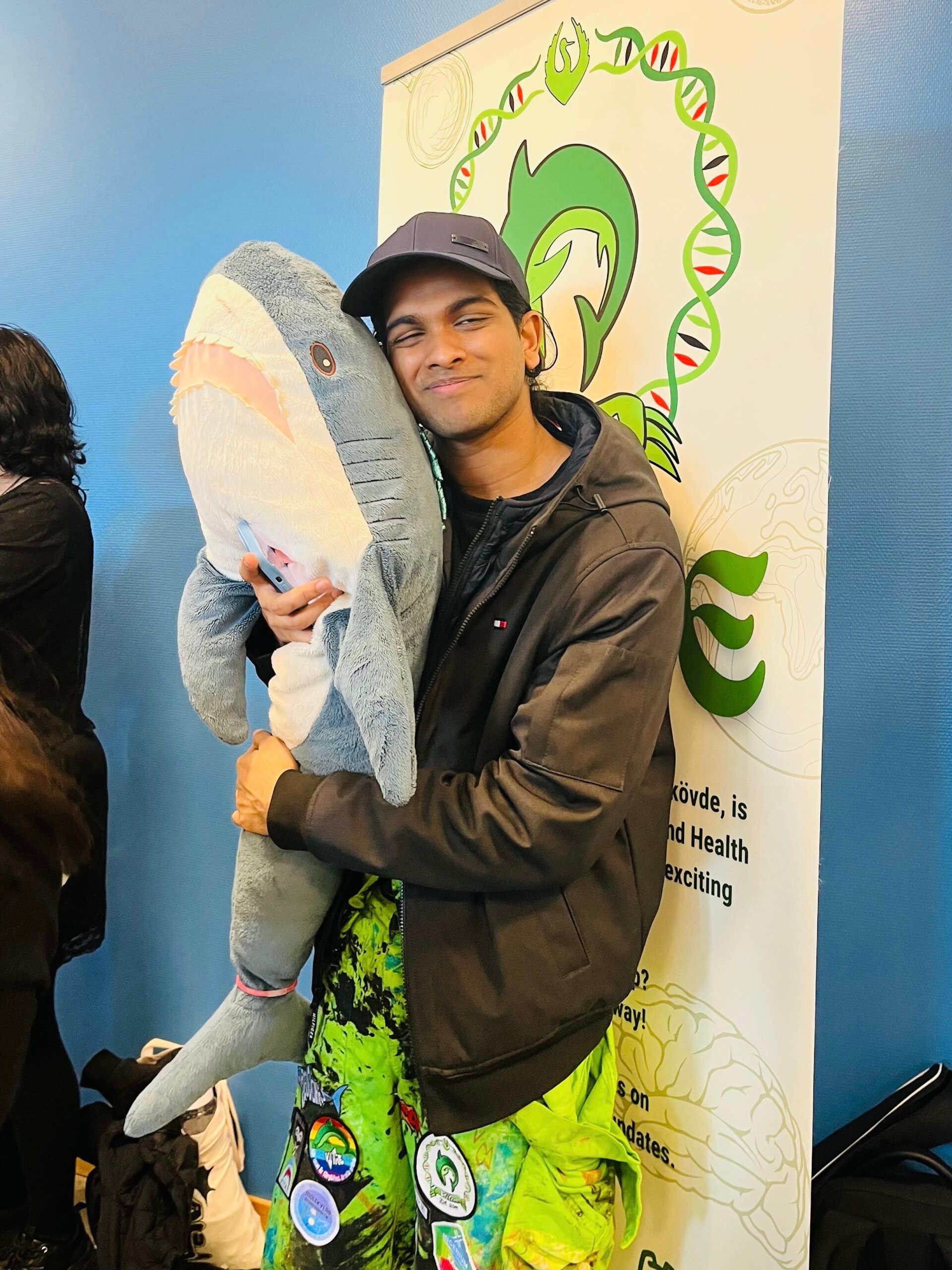
Written by Ravindu
30 Mar 2025
When I first arrived in Sweden, during the Introduction week, I noticed something eye-catching. I kept seeing groups of people wearing these funky, colorful overalls covered with patches and other accessories. I had no clue how to explain them. They looked like a mix between scouting uniforms and, for some reason, wildlife conservation suits—maybe because they were a little rugged and covered in dirt, I don’t know!
I was so confused. Were these people part of a club? A secret society? Some kind of environmental organization? It didn’t take long for me to find out that these weren’t just random outfits—they were an essential part of Swedish student culture.
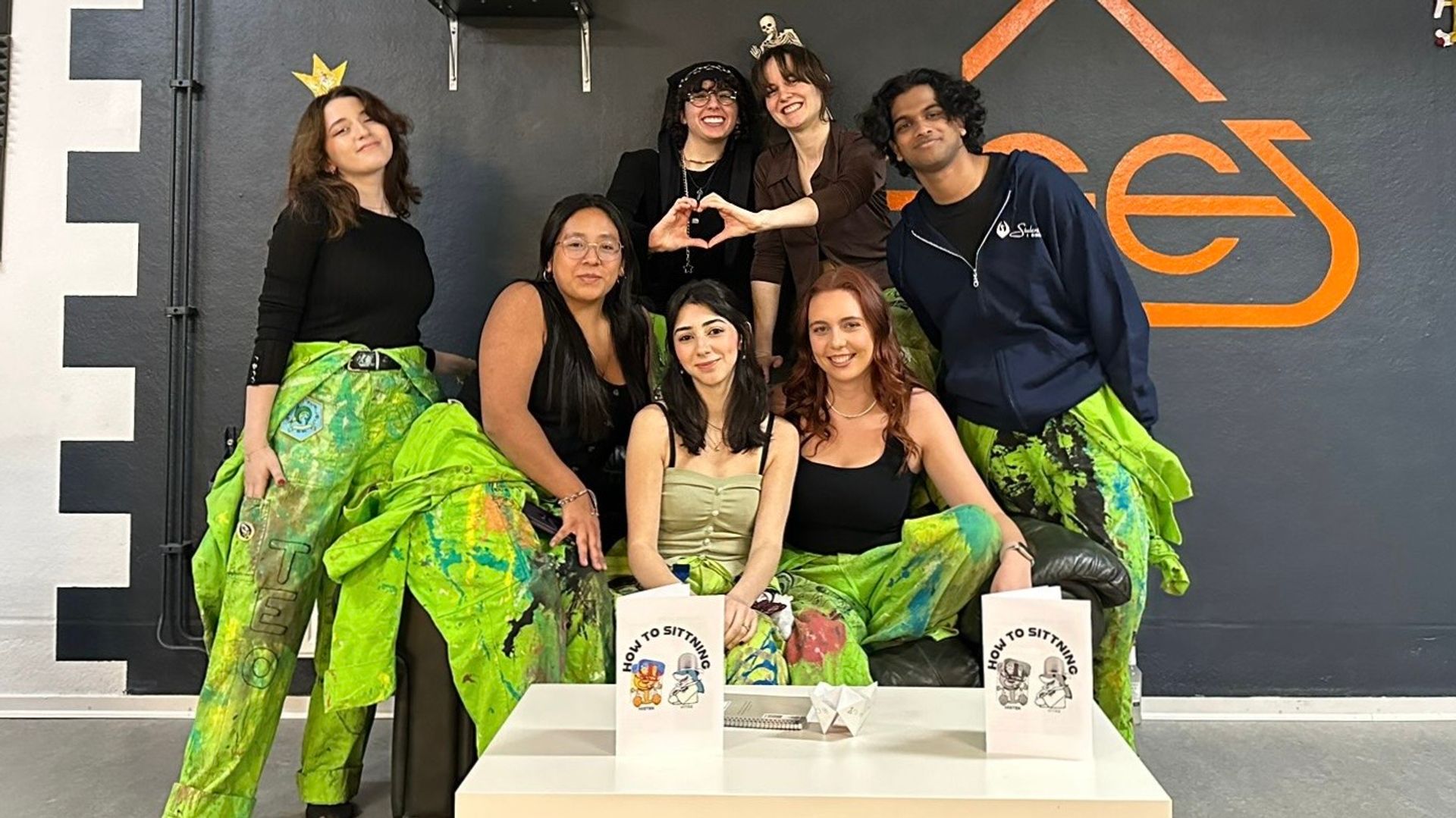
The Story Behind Student Overalls (Ovve)
The tradition of student overalls, or ovve, has been a part of Swedish student life for decades. It all started in 1969 at KTH Royal Institute of Technology in Stockholm, where students were looking for a more practical alternative to the formal attire traditionally worn at student events. Anna Ekelin and her peers introduced overalls, and the idea quickly spread.
What began as a functional choice soon became a symbol of student identity. Overalls were durable, easy to wear, and well-suited for various student activities. As the tradition grew, different study programs adopted their own distinct colors, making it easy to recognize students from different disciplines. Over time, patches, modifications, and unique customs developed, turning overalls into a personal and collective expression of student life.
While Sweden pioneered the concept, similar traditions can now be found in Finland and even in some universities in Canada. However, Swedish ovve culture remains unique in its rules, modifications, and deep-rooted presence in student events. Owning an overall is not just about having a piece of clothing—it’s about being part of a long-standing tradition that connects students across generations.
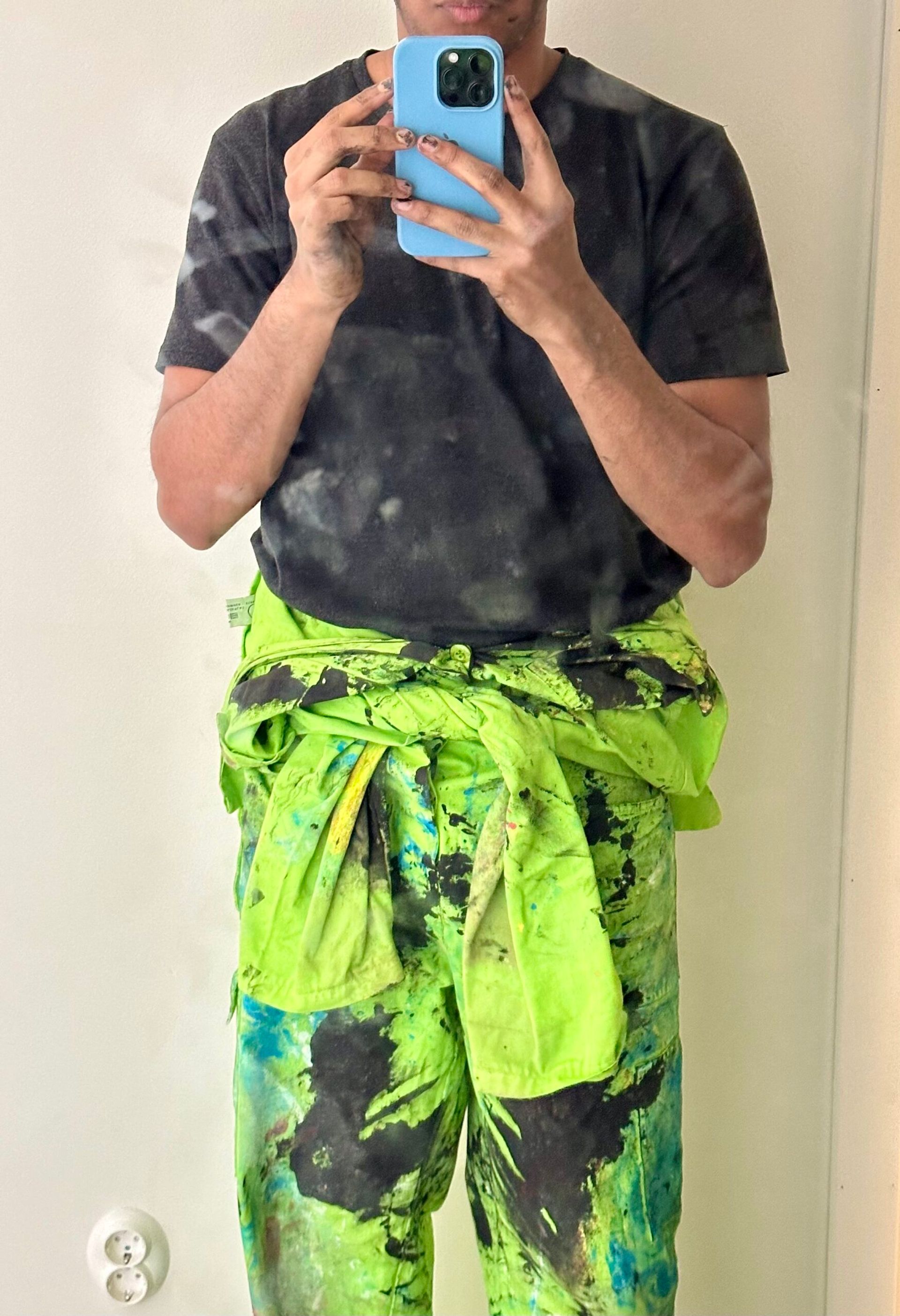
What’s With the Different Colors?
One of the first things you’ll notice about student overalls is that they come in different colors. That’s because the color of your ovve represents what program you’re studying. The tricky part? The colors aren’t universal—each university has its own system. So, just because one color means engineering at one university doesn’t mean it’ll be the same somewhere else.
At the University of Skövde, where I study, here’s what the colors mean:
- Dark Grey – SKILLS: Game Development and IT
- Light Blue – SAFIR: Business and Economics
- White – HISTEK: Engineering
- Light Green – Vitae: Biosciences and Learning
- Dark Green – SköSjuk: Health and Nursing
- Black– Skösex: The party Organization
- Purple – SMS: The Music Organization
- Orange – AGES: The Gaming Organization
- Dark Red – The Student Union board

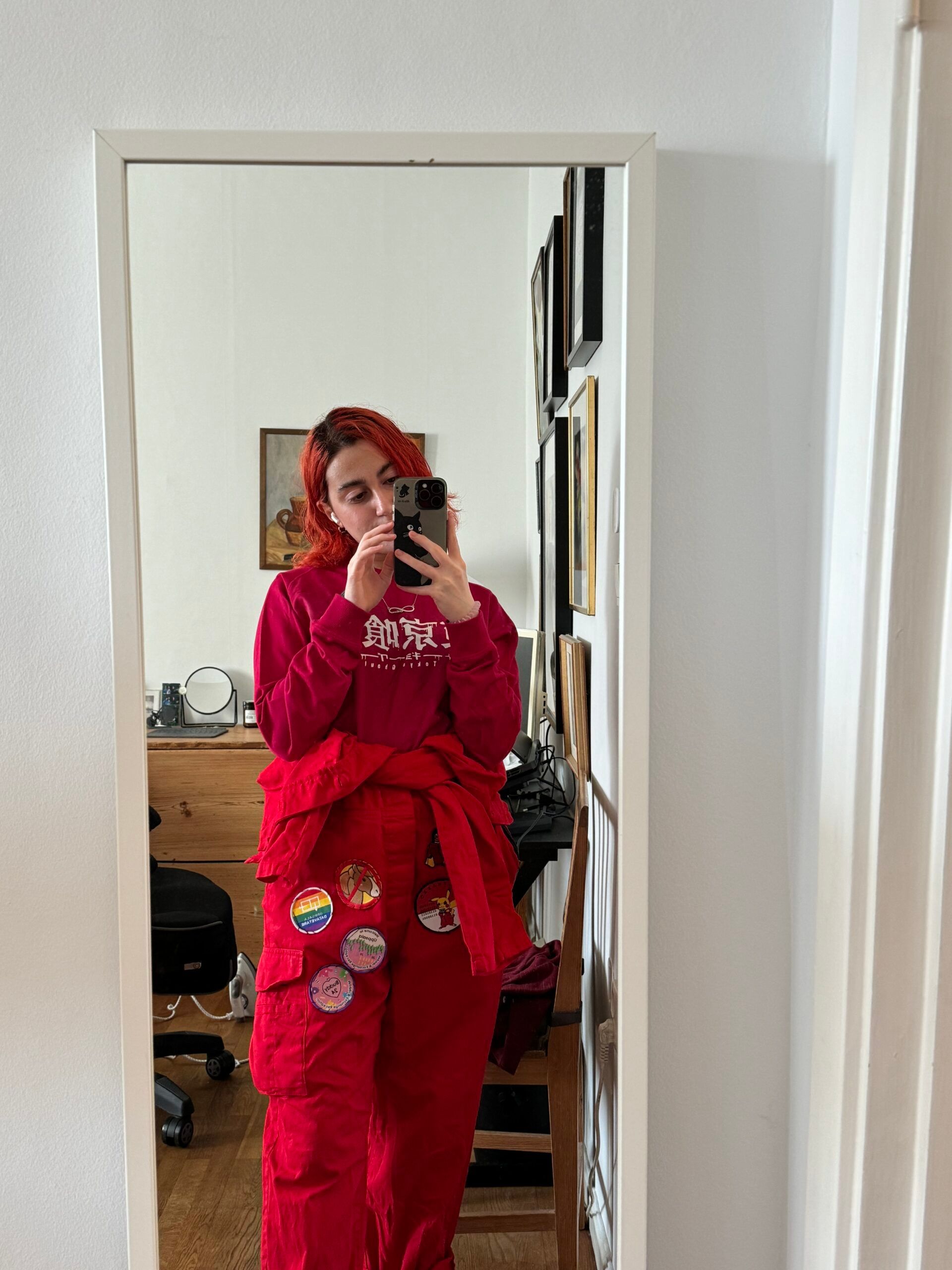
Where (and How) to Get One
If you want an ovve, the first step is to join your university’s student union. That’s the only way to get access to buy one. I got mine during the intro week of my first year. There were tents set up with student union members inside, selling memberships, overalls, and patches. It was chaotic but fun. Most people pick up their ovve at the same time, so it’s kind of like a rite of passage.
How Do You Wear The Student Overall?
At first, you have to wear your ovve properly—top buttoned up, like a respectable student. But after your initiation, you earn the right to wear it with the top half hanging down from your waist. The initiation process depends on the university, so I can’t speak for everyone, but I can tell you what happens here in Skövde. And no, it’s not some weird, terrifying hazing ritual like you see in movies. It’s more of a fun, activity-filled Saturday where you and your new ovve will likely end up covered in mud and paint. The details? Well, that’s a secret 😉. But trust me, it’s a day you won’t forget.
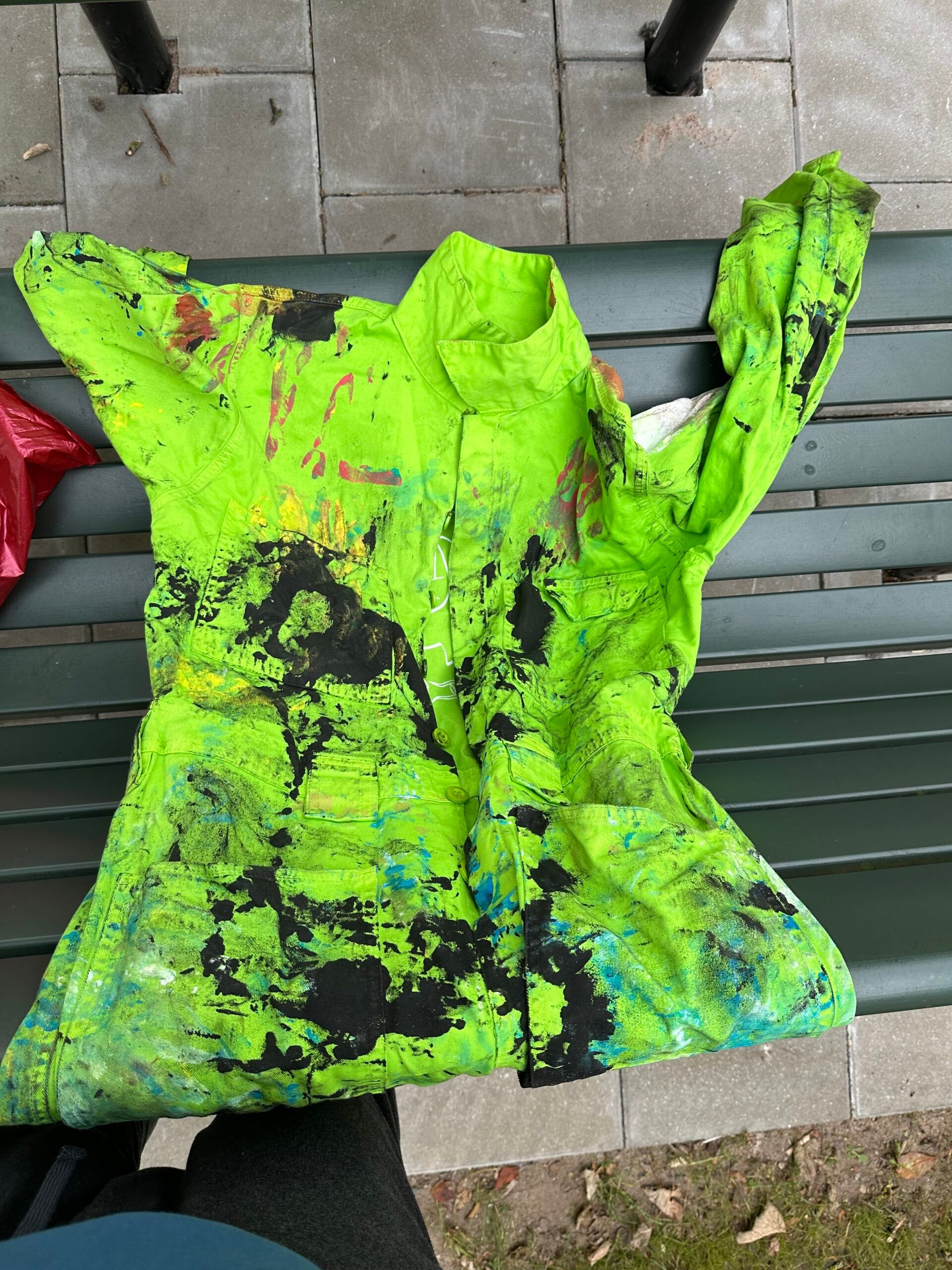
One Important Rule You Need to Know
Owning an ovve comes with a set of unwritten (and sometimes hilarious) rules. The most important one is:
- You are absolutely not allowed to wash your ovve in a washing machine. Ever. If it gets dirty, the only acceptable way to clean it is while wearing it—meaning you either take a shower with it on or jump into a lake or pool.
- Exception: If your ovve ends up covered in any kind of unwanted body fluids, then you’re allowed to wash it properly.
Modifying your student overall (aka. Cutting Rules)
Personalizing your ovve doesn’t stop at patches—you can also modify it. But there are rules for that, too. Here are some common ways students customize their overalls:
- Collar swap: If two students are in a relationship, they can swap their ovve collars. This is why you’ll sometimes see people with collars in a different color than the rest of their ovve.
- Pocket exchange: You can exchange pockets with someone if you have mutually exchanged body fluids. And before you ask, what exactly does that mean?—I’ll leave that to your imagination.
- Friendship cut: If a section of an arm or leg is cut off and sewn back on, it represents a strong friendship between two students. Cute, right?
- Half-and-half ovve: If half of an ovve is swapped for another color, it means the student has switched study programs.
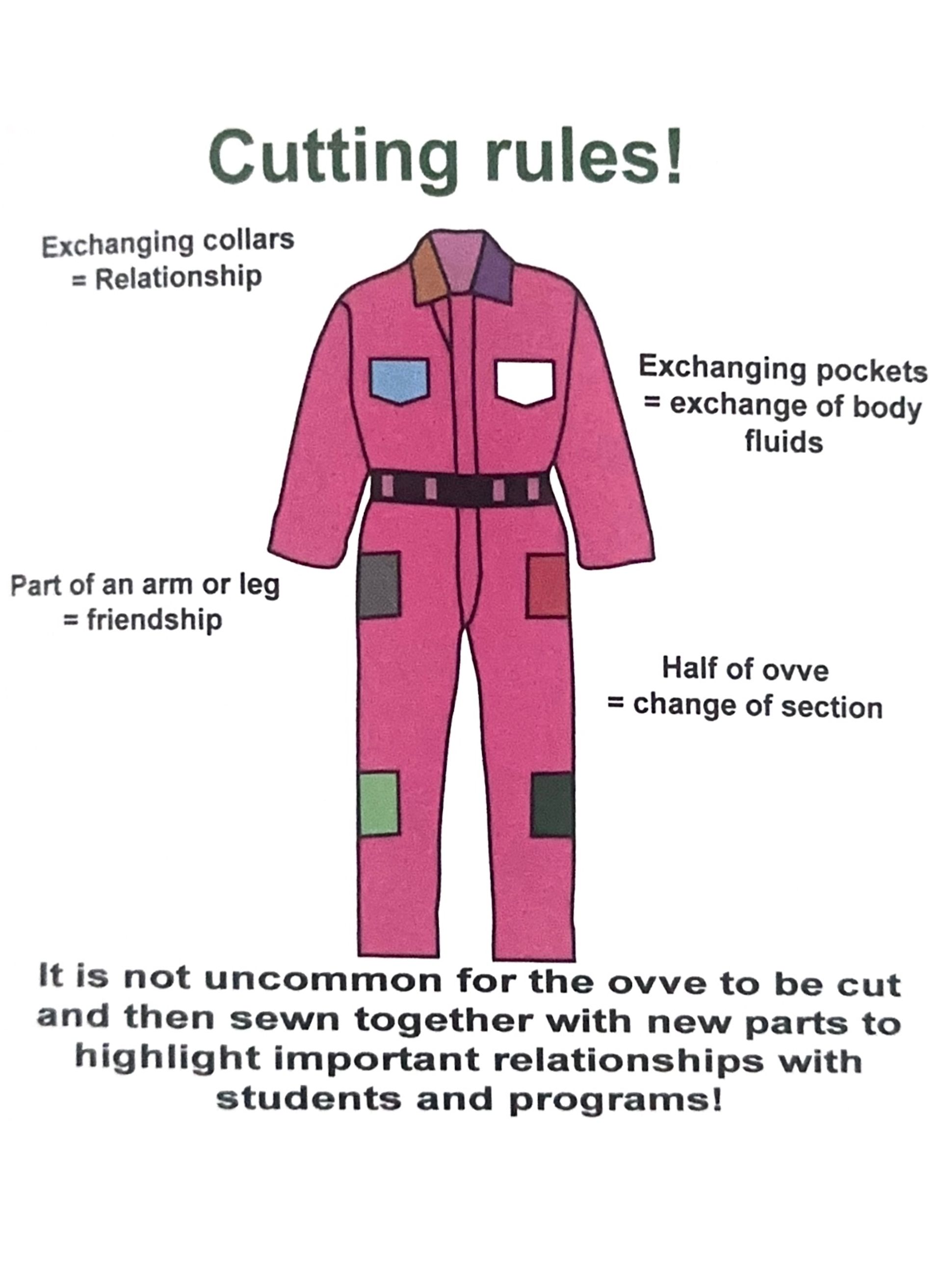
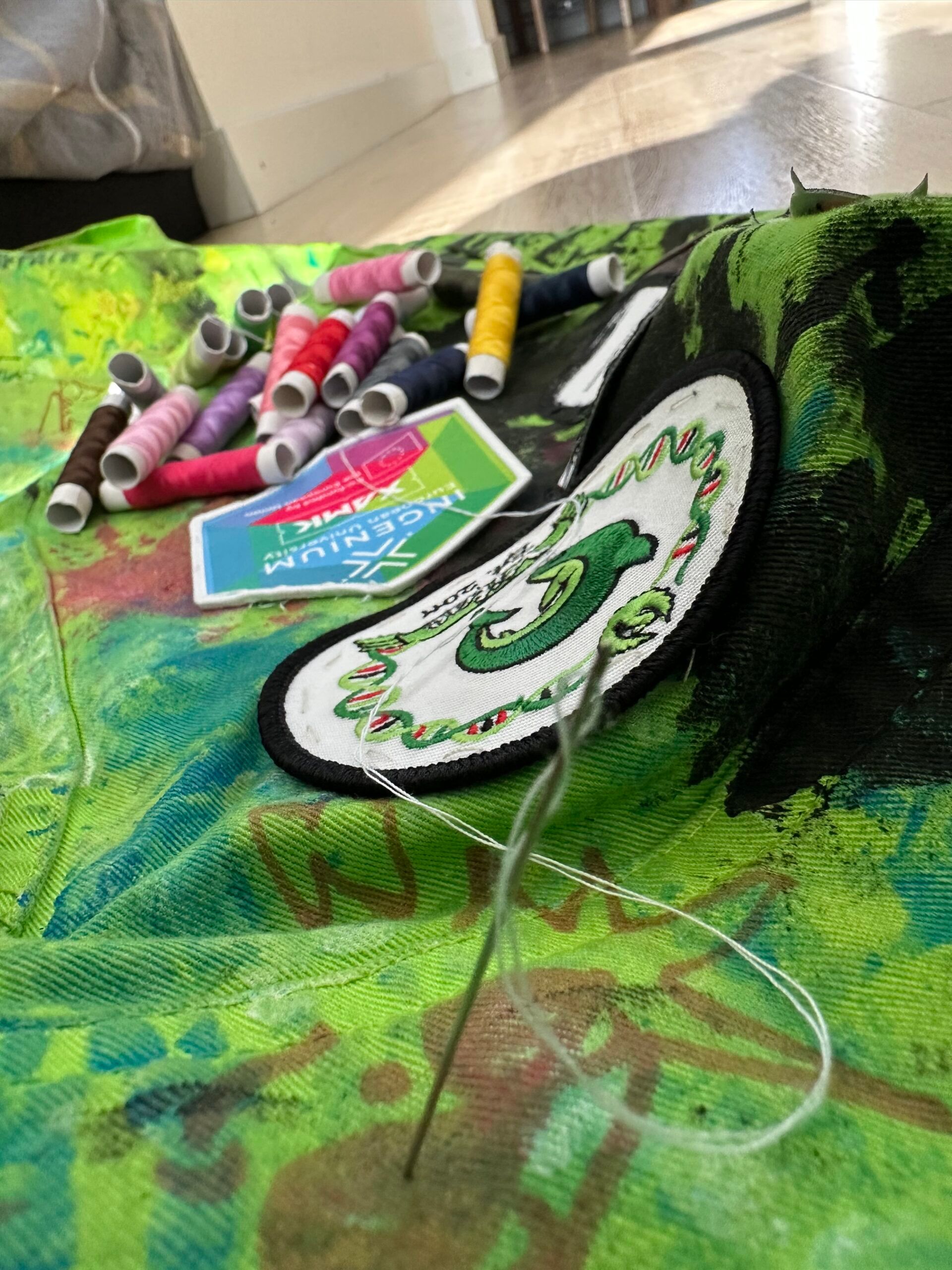
Patches – The Best Way to Personalize Your Student Overall
Patches play a huge role in the ovve tradition. They make your overall uniquely yours, and collecting them feels almost like a hobby. When I bought my ovve, the student union gave me three free patches right away. Patches come in either embroidered or printed designs, and how you attach them depends on your university or student section. In my section, Vitae, at the University of Skövde, we have to sew our patches on—no glue, no shortcuts.
You can buy patches during the intro week or later at Ovveonsdag (Overall Wednesday), which takes place on the last Wednesday of every month. On this day, students enjoy free fika and get the chance to buy new patches during lunch hours. Some patches are special, though—you can only earn them by attending certain events, like sittings or game nights. These are the ones that truly make your ovve stand out.
This means you’ll probably keep buying accessories to make your ovve look even cooler over the years, and before you know it, the costs will add up—just like Katharina said in her blog post, it’s likely to become your most expensive pants. Read her blog post here!
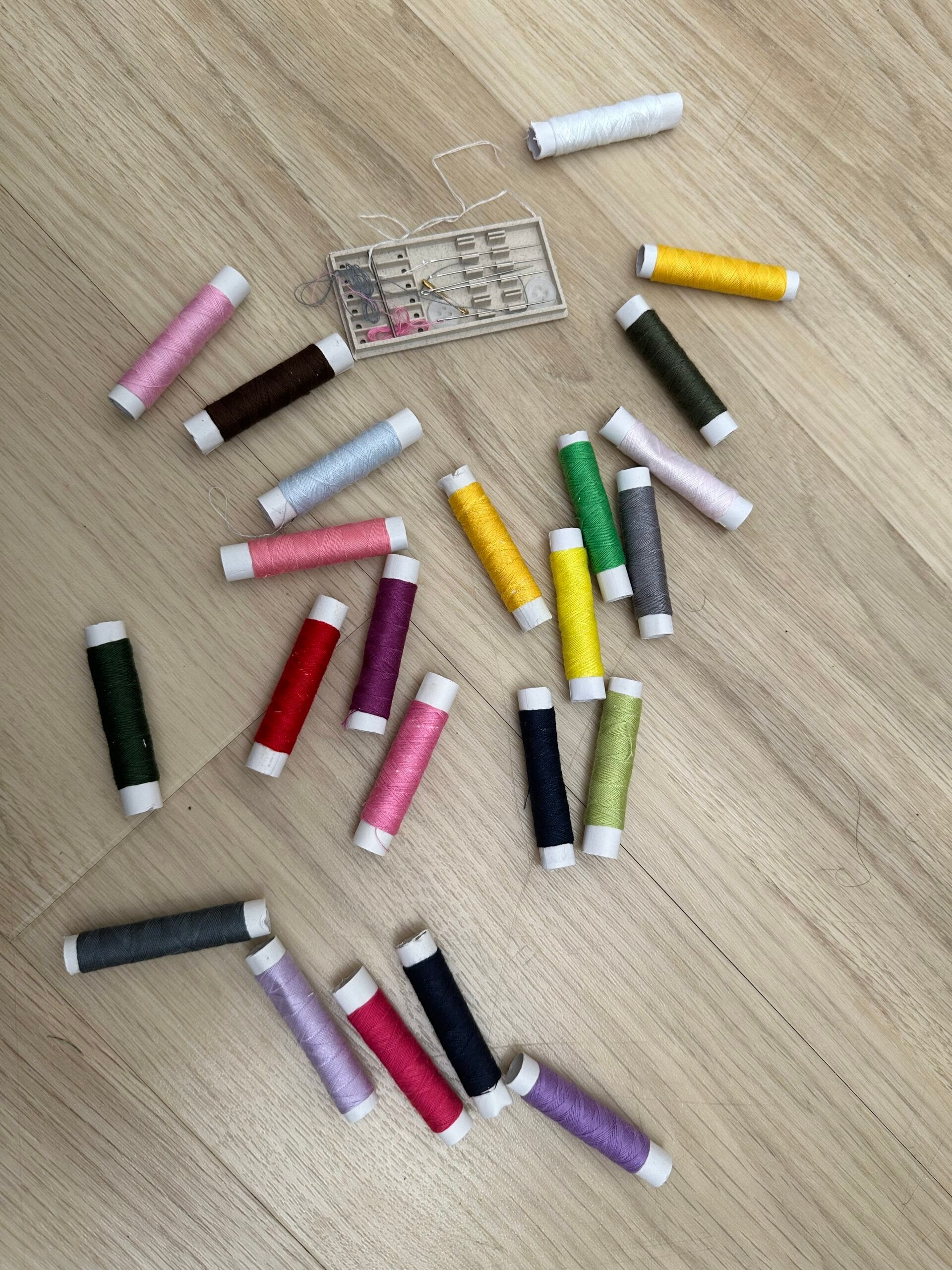

Final Thoughts
Student overalls are more than just a fun tradition—they’re a symbol of student life in Sweden. From the moment you get yours, it becomes a growing collection of memories, friendships, and experiences. Whether through patches, modifications, or the stories behind every stain, your ovve tells your unique journey. So, if you’re studying in Sweden, don’t hesitate—get one, wear it with pride, and let the tradition continue!



